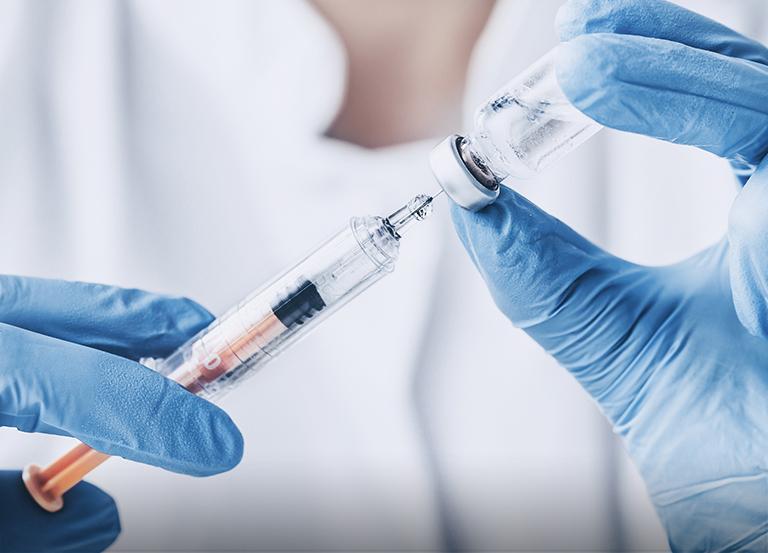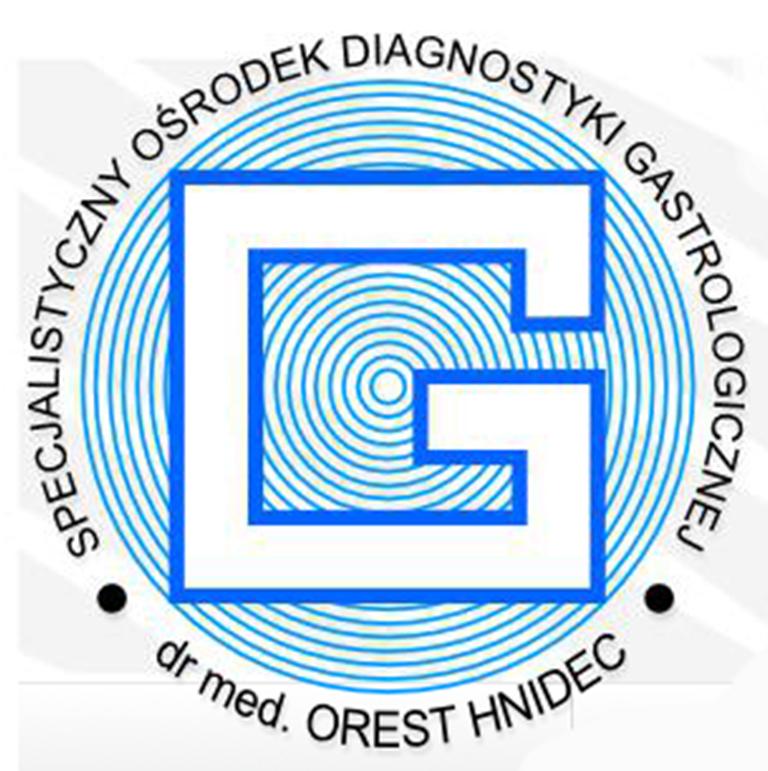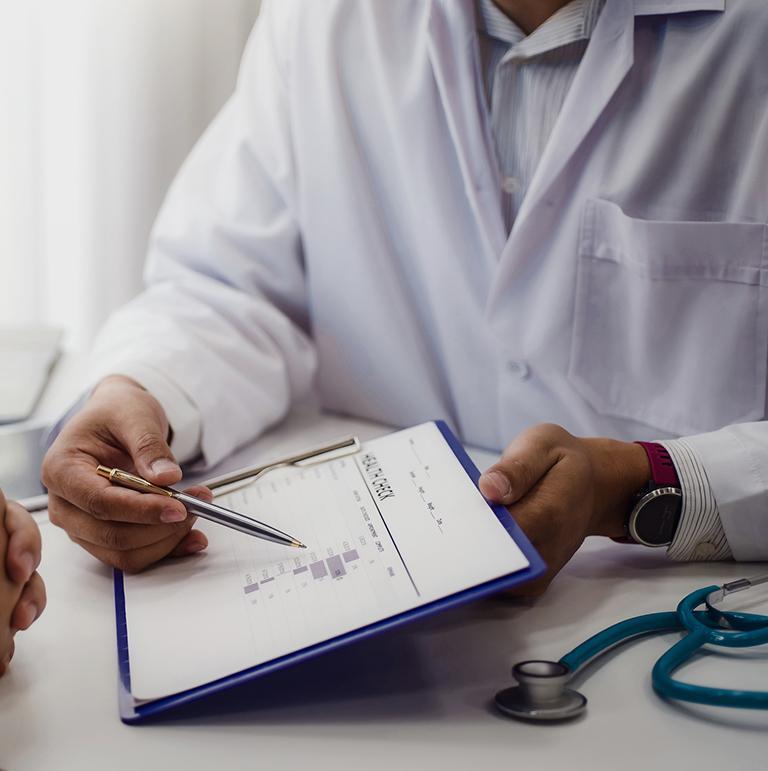Pre-examination anesthesia
Local anesthesia
Ensures the lack of any pain in the examined area. In endoscopy, a local anesthetic of the mucosal surface is used, which involves the use of drugs in the form of an aerosol or gel applied to the mucous membrane in the examined area. An example would be spraying the throat with an anesthetic spray (lidocaine) or apply gel containing anesthetic to the examination device – colonoscope, sigmoidoscope or rectoscope.
Minimal sedation
Involves the application of intramuscular or intravenous sedative to relieve emotional tension accompanying the examination. Sedation leads to better tolerance for the procedure and greater comfort during the test.
Deeper sedation with analgesia
Involves the application of intramuscular or intravenous sedative and analgesic, anti-emetic. This type of sedation is used particularly in colonoscopy, but may be used in anesthesia before gastroscopy. Deeper sedation relieves emotional stress associated with the examination procedure, removes or significantly reduces the sensation of pain, removes or reduces the occurrence of retching, thus greatly improving patient comfort and enabling the doctor to perform the examination.
Typically we refer to minimal sedation and deeper sedation with analgesia as “simple anesthesia”.
Complete sedation (general anesthesia)
renders the patient unaware of the examination. General anesthesia is carried out by a specialist - anesthetist, who monitors basic physiological parameters (heart rate, breathing, blood pressure). Monitoring device continuously measures the patient's condition during anesthesia. The anesthetist uses: electrocardiograph (cardiogram-monitor), with the electrodes placed on the chest. The anesthetist then monitors the electrocardiographic curve on the screen. By using the oximeter (noninvasive method) the anesthetist continuously receives information about blood oxygenation. During anesthesia also the heart rate and blood pressure are monitored continuously. We use intravenous general anesthesia (without the use gases) after inserting cannula into the vein, providing the patient with the necessary medication.
Preparing for general anesthesia
Since anesthesia is performed prior to colonoscopy and gastroscopy, the patient should arrive fasted. The patient should provide up-to-date blood test results (CBC, electrolytes, creatinine, coagulation). Patients over 40 should also bring recent ECG records. Please provide all recent hospital discharge summaries. The anesthesiologist will perform a medical inquiry, facilitating the safe conduct of the patient throughout the examination and immediately after it. When studying the patient's medical history, particular attention is given to data on past or existing cardiovascular, respiratory, central nervous system, liver and kidneys disorders. Also the data on currently used post-anesthetic medication, allergies and abnormal drug reactions remains essential.
What to do after anesthesia?
After local anesthesia
the patient can receive foods and liquids starting about 20-30 minutes after the local anesthetic was used in gastroscopy examination (where there are no specific contraindications)
After “simple anesthesia" (sedation or sedation with analgesia)
Since most of the anesthetics used in these procedures remain in the body for longer periods before they are eliminated, the patient should not remain alone for the first 24 hours after anesthesia, and should be accompanied on the way home by a responsible person. Driving a car on other vehicle, and operating any machinery is forbidden during the first 24 hours after the procedure. Dizziness, especially when changing position, can occur. In rare cases nausea can also occur.
After general anesthesia
The patient should remain under medical supervision (doctor or nurse) until returning to full consciousness. During the immediate period after anesthesia breathing and blood circulation are monitored. If those are within norms, the patient can slowly change the position, sitting up and – if there are no alarming signs – the patient may attempt to walk. In most cases, for about an hour after the procedure, the patient should be kept under medical supervision, and then discharged. Since most of the anesthetics used in these procedures remain in the body for longer periods before they are eliminated, the patient should not remain alone for the first 24 hours after anesthesia, and should be accompanied on the way home by a responsible person. Driving a car on other vehicle, and operating any machinery is forbidden during the first 24 hours after the procedure. The patient should refrain from eating and drinking for a period of 2 hours after general anesthesia. It is not recommended to eat large meals directly after that period. The occurrence of any unclear symptoms should be immediately reported to the nurse or doctor.



